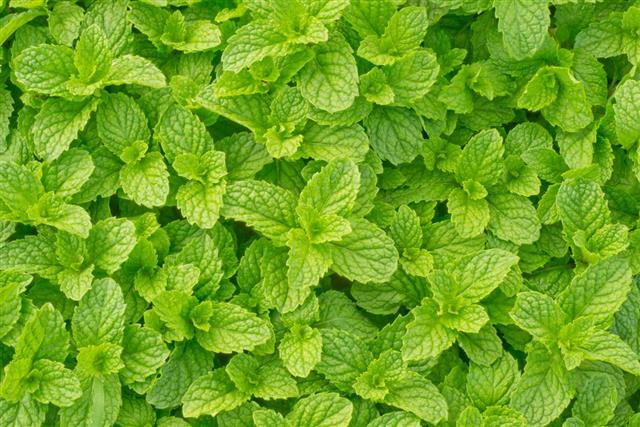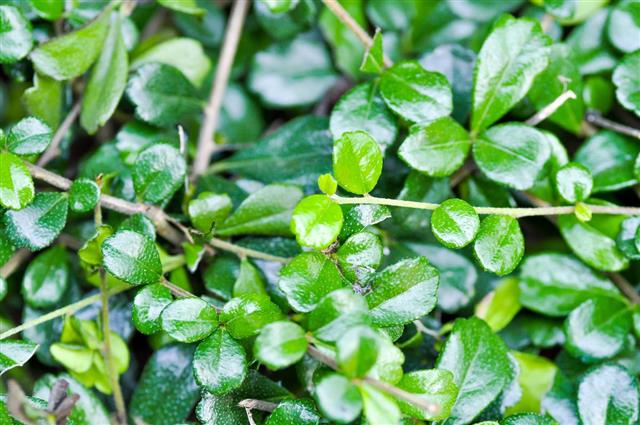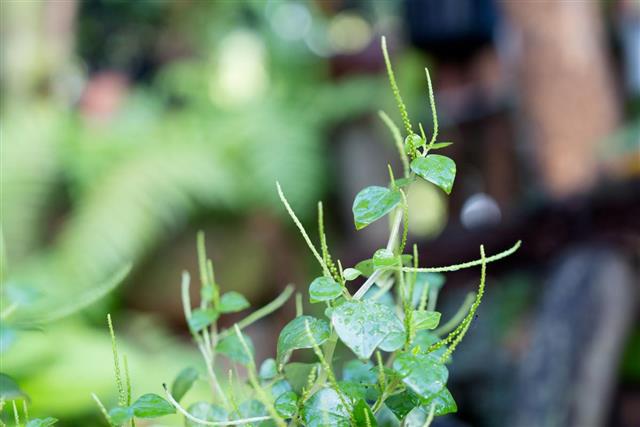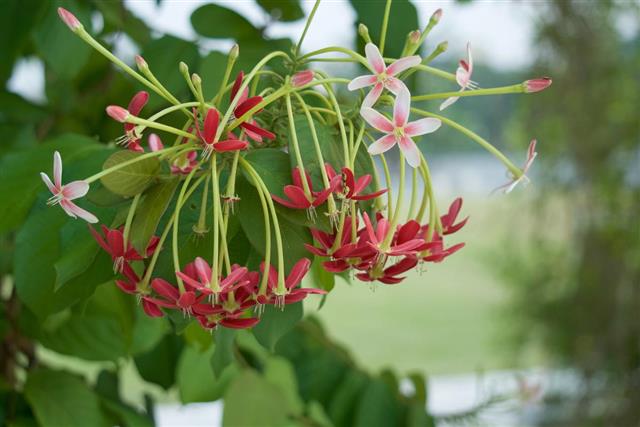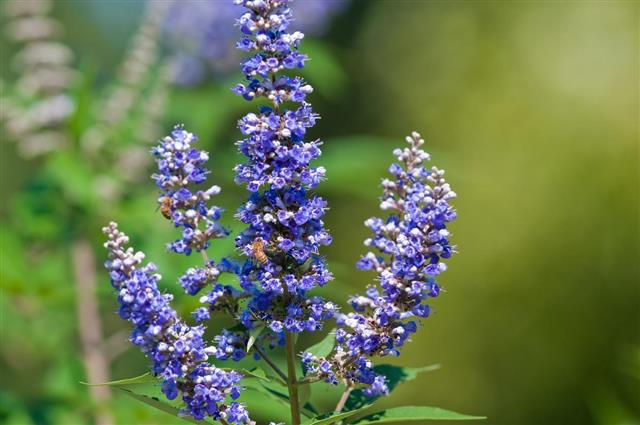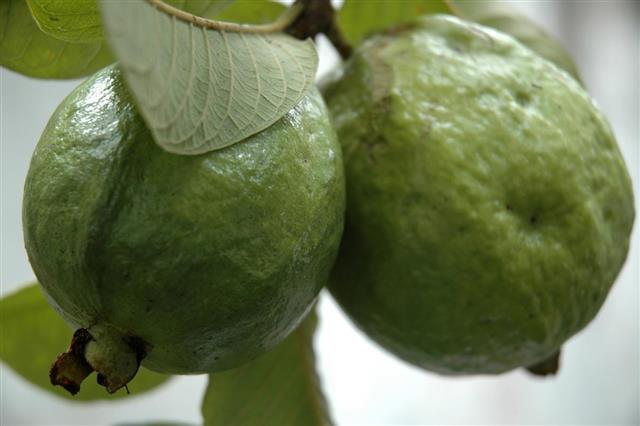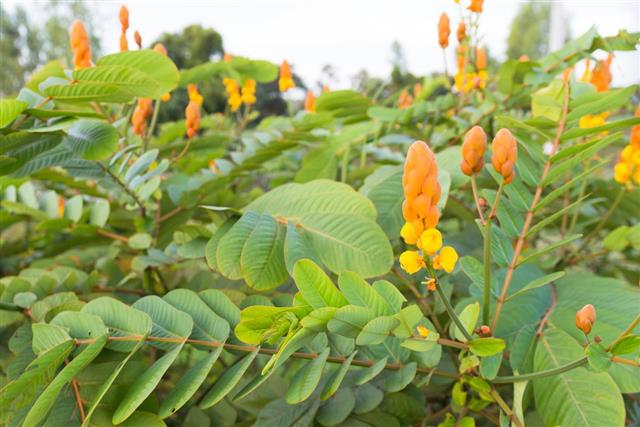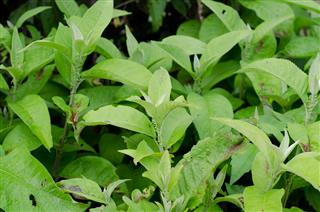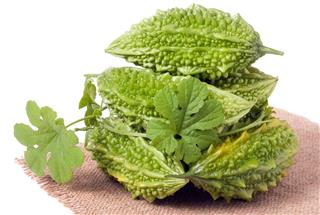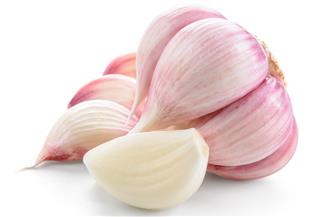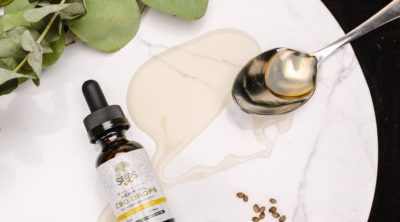
Certain herbs, even some fruits are used as traditional and alternative medicine in the Philippines. This HolisticZine article presents information on some popular medicinal plants, which are approved by the Department of Health, Philippines.
Herbal medicine is a type of alternative medicine, which makes use of plant parts or plant extracts for therapeutic purposes. Traditional herbal medicine has been popular in Philippines since long time. Herbs had been used as an effective tool for treating ailments before the introduction of modern medicines. Till today, herbs and herbal drugs are used to promote the overall health as well as for treatment of various diseases.
Pilipino Herbal Medicine
✦ Bawang: Scientific name – Allium sativum and common name – garlic.
It exhibits antioxidant properties, and can be used for reducing cholesterol level and regulating blood pressure. it also exhibits antibacterial, antifungal, anti-inflammatory, anticarcinogenic, and antiparasitic properties.
✦ Akapulko: Scientific name – Cassia alata and common name – ringworm bush.
It is used for treatment of ringworm, fungal infections, and other skin disorders like eczema and scabies.
✦ Bayabas: Scientific name – Psidium guajava and common name – guava.
It is an effective plant for disinfecting wounds and treating gum diseases. It helps control diarrhea and stomach parasites. Tea made from fresh bayabas leaves exhibits antiseptic properties. It is used as a mouthwash or a wound disinfectant.
✦ Ampalaya: Scientific name – Momordica charantia and common name – bitter gourd.
It is commonly used to boost the immune system, and for treating cough and diabetes mellitus (non-insulin dependent patients or Type 1 diabetes). It is believed that infusion from bitter melon flower helps lower the symptoms of asthma.
✦ Lagundi: Scientific name – Vitex negundo and common name – five-leaved chaste tree.
It helps relieve symptoms of cough, pharyngitis, and asthma (various bronchopulmonary disorders).
✦ Niyog-niyogan: Scientific name – Quisqualis indica L. and common name – Chinese honeysuckle.
The matured seeds are effective for getting rid of intestinal worms. The herb can help alleviate the symptoms of cough and diarrhea. The leaves can reduce body pain.
✦ Ulasimang Bato: Scientific name – Peperomia pellucida and common name – pansit-pansitan.
Its leaves are used to treat gout and arthritis. You can eat them fresh or make tea from them. The herb is also used to treat abscesses, acne, pimples, and boils. It can speed up the process of wound healing. It is used as an herbal medicine for the treatment of skin/eye inflammation, sore throat, burns, fever, headache, diarrhea, etc.
✦ Tsaang Gubat: Scientific name – Ehretia microphylla Lam. and common name – scorpionbush or wild tea.
It is used to treat stomach cramps and other gastrointestinal problems like diarrhea, gastroenteritis, etc. Its leaves are rich source of fluoride, and the tea made from the leaves can be used as a mouthwash. Regular consumption of the tea can keep you healthy.
✦ Sambong: Scientific name – Blumea balsamifera and common name – blumea camphor.
This diuretic herb works great for kidney stones and edema (fluid retention). It is also used to treat hypertension & rheumatism. It helps remove worms. One can use it to get rid of boils too. A study suggests that sambong extract can be used in the treatment of hepatoma (liver) cancer patients. Crushed and pounded leaves of sambong, when applied on forehead, help reduce headache.
✦ Yerba Buena: Scientific name – Clinopodium douglasii and common name – peppermint.
This aromatic herb can be used for relieving pain and body aches (It helps relieve headache, toothache, stomach ache, etc.) Yerba buena poultice can help relieve pain due to arthritis. It is commonly used in commercial mouthwashes. It can relieve gas, and can lower the symptoms of indigestion. It can be consumed for general good health.
As the number of hospitals in Philippines are not sufficient enough to provide services to all people, who require medical attention, the Public Health Ministry has taken up a policy to revitalize the use of herbal medicines. This will also help to solve various health problems in the rural areas. Many villagers use drugs and medicines without taking proper advice from the health practitioner, which ultimately worsens the health problems.
As a part of the policy, the Public Health Ministry promotes the use of herbal medicines, implements scientific approaches to check the effectiveness of herbal medications, and encourages growing herbal plants. Public awareness programs are being taken up to make the public aware about the commonly available herbs and their therapeutic uses.
Disclaimer: The information provided in this article is solely for educating the reader. It is not intended to be a substitute for the advice of a medical expert.
